To receive emails announcing future CIRCLE Distinguished Lectures, click on the following link and enter your email
https://lists.illinois.edu/lists/subscribe/distinguished-lectures

AI-powered Digital Twins for Spatio-Temporal Understanding of Physical Assets in Construction and Use Phases: Where and When Computer Vision Meets BIM and Project Controls by Dr. Mani Golparvar on May 31, 2023
Recording: https://mediaspace.illinois.edu/media/t/1_4v8oefcy

ABSTRACT: Understanding the state of a project in space and through time is the foundation of many construction and operation workflows in the built environment. To do so, contractors and owners have tapped into the use of reality capture and BIM-enabled workflows. The exponential growth in the availability of reality and semantic-rich design data, paired with ever more aggressive delivery schedules on recent projects, has called for introduction of solutions that transcend the current capabilities and venture into bleeding-edge AI territory with the goals of (1) automatically identifying design and plan-related risks to improve decision-making, and (2) achieving better control and higher level of predictability through the real-time analysis of production, resources and jobsite conditions. To address these needs, this talk will present the foundational and translational research efforts based on Computer Vision and Machine Learning that leverage this emerging data to automatically create spatio-temporal models that offer geometrical and semantic understanding of physical assets during construction and use phases. The talk will also describe how these semantic-rich reality models can be twinned against BIM and schedule data —in the form of AI-powered digital twins— such that actionable insights based on deviations between actual and expected performance can be generated so that project teams can take corrective actions. The theoretical foundation of these algorithms and systems will be presented during this talk. Lessons learned will be shared on how these solutions have scaled across 1000s of projects, and what their return on investment looks like, at both project and field personnel levels. BIO: Mani Golparvar is Professor of Civil Engineering, Computer Science, and Technology Entrepreneurship at University of Illinois at Urbana-Champaign. His work in the area of computer vision, machine learning, and BIM has been the recipient of 2018 Walter Huber Research Prize.
Towards Next Generation Design of Sustainable, Durable, Multi-hazard Resistant, Resilient, and Smart (SDuMuRS) Civil Engineering Structures by Dr. Hong Hao on April 26, 2023
Recording: https://mediaspace.illinois.edu/media/t/1_0nad50io

ABSTRACT: The design philosophy and methodology of civil engineering structures have been constantly evolving, from the early strength-based to more recent performance-based design and the current intensively researched emerging resilience-based design. Because failure of civil engineering structures often leads to catastrophic consequences, the primary focus of all these design methods is the safety of structures while considering other aspects such as performance and resilience. With the economic growth, population increase and urbanization, as well as global warming and the depletion of natural resources, to meet the societal need for sustainable development, the construction of civil engineering structures also needs to consider sustainability, durability and smart lifecycle management besides safety, performance and resilience. This talk discusses the necessity, challenge and opportunity for the development of the next generation design of sustainable, durable, multi-hazard resistant, resilient and smart civil engineering structures, i.e., ‘SDuMuRS’. Critical reviews and discussions on each of these aspects are presented. Research directions are suggested accordingly for achieving these goals for the design of next generation civil engineering structures.
Eliminating risk from autonomous vehicle deployments on March 24, 2023 by Dr. Panagiotis Angeloudis
Recording: https://mediaspace.illinois.edu/media/t/1_zbzxge1r

ABSTRACT: Despite substantial R8D efforts, there remain considerable challenges to the deployment of Autonomous Vehicles (AV) on public roads, Dr Angeloudis and his team have developed a suite of AV training scenarios drawn from real-world traffc incidents and camera data. The talk will explore the challenges that remain irthe testing and validation process for Autonomous Vehicle deployments, recent regulatory efforts in thedomain of certification, and the research by the Transport Systems & Logistics laboratory to address this gap,through a combination of Deep Reinforcement Learning (DRL) and model-based risk metrics.
Co-designing Urban Resilience by Prof. Sarah Bell on Feb 22, 2023
Recording: https://mediaspace.illinois.edu/media/t/1_mzwwti62
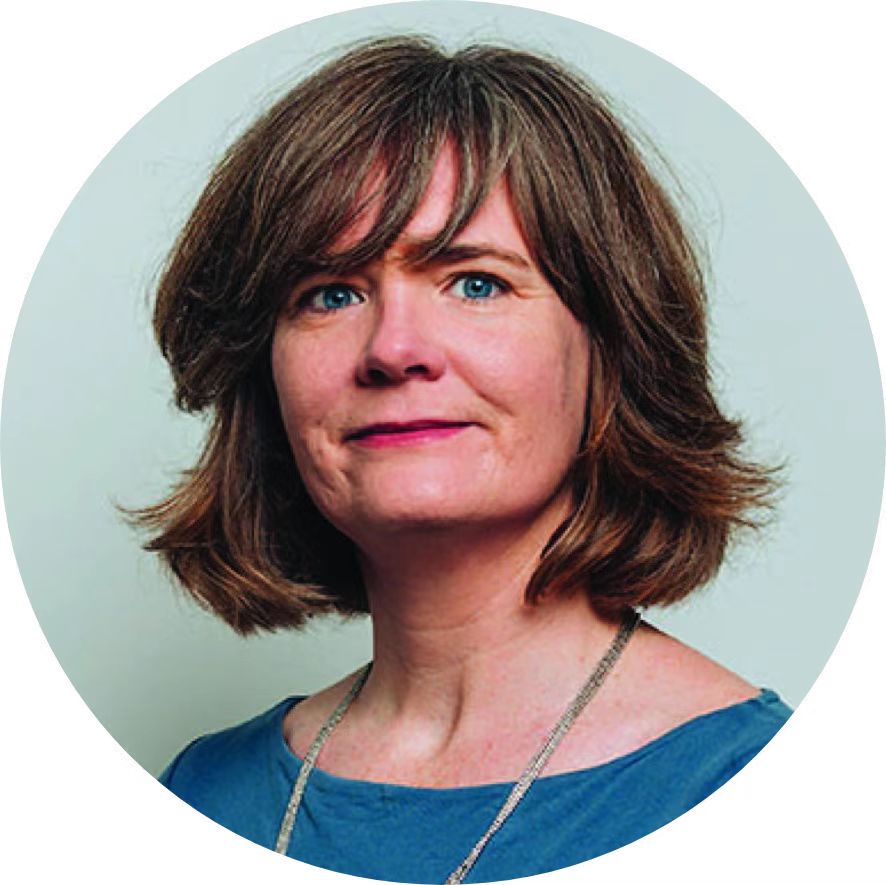
ABSTRACT: Cities are increasingly vulnerable to the impacts of acute shocks, such as extreme heat and intense storms, and chronic stresses, such as economic inequality and poor air quality. Improving the resilience of urban systems and communities is of growing concern to city leaders, businesses and citizens. This is a complex task requiring collaboration between diverse stakeholders and across academic and professional disciplines. Co-designing urban resilience engages those impacted by urban shocks and stresses in decisions about how best to improve resilience. Bottom-Up Infrastructure was a research pro-gram based in London 2014-2020 that aimed to improve urban resilience by engaging local communities in infrastructure design and decisions. This lecture will describe the Bottom-Up Infrastructure co-design method as it was developed through case studies of urban drainage, the water-energy-food nexus and air pollution. It will consider the problem of extreme heat in cities and how co-design methods might help to develop sustainable and resilient solutions.
A Critical Path in Singapore’s Movement Toward a Future Sustainable Liveable Smart City-the Application of Evidence-Based Approach upon Mobility Policy. DH Lee, Zhejiang on Dec 13, 2022
Recording: https://mediaspace.illinois.edu/media/t/1_s0cjacg1
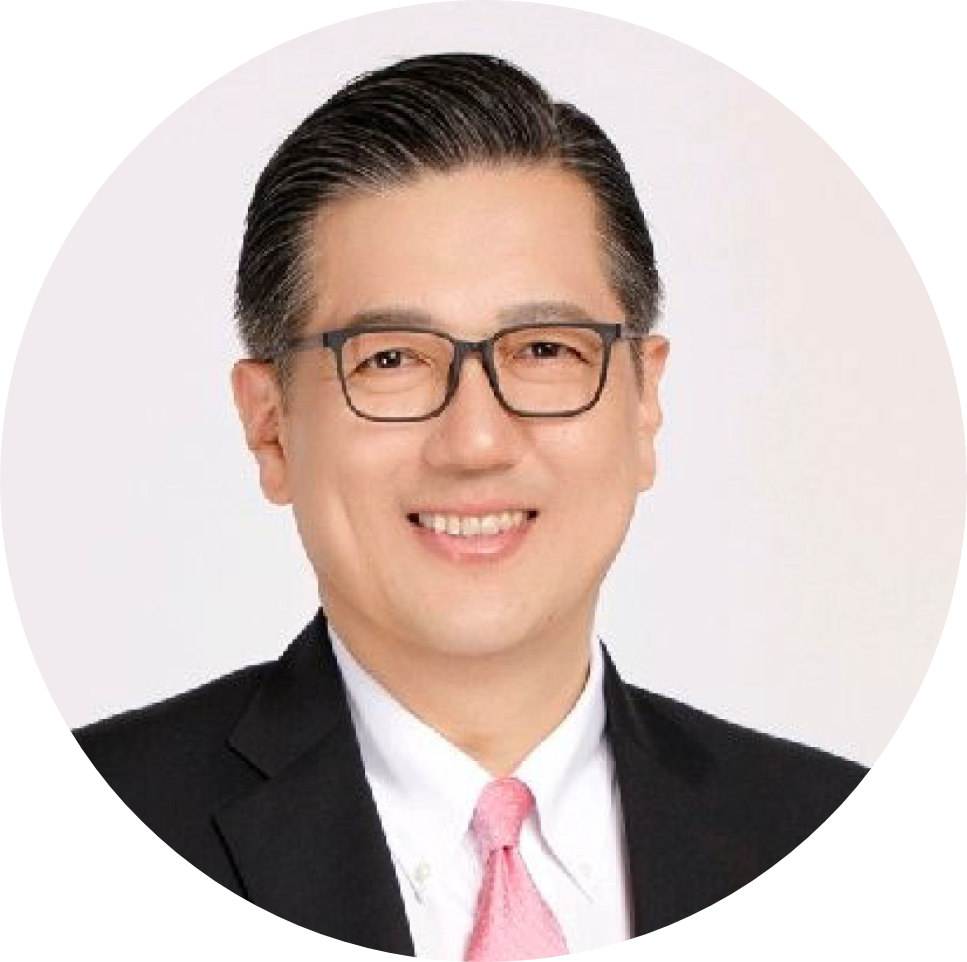
ABSTRACT:Singapore is one of the city-states in the world with an acclaimed transport system that provides its residents with a variety of accessibility and mobility options. Integrated land-use and transportation planning had been playing a vital role in keeping it rejuvenated in accordance with increasing travel demand. Due to limited land availability coupled with increasing population density, public transportation continues to play as a major mode of commuting. Despite adequate quantity of supply of mobility infrastructure and efficient operation of public transport, private car ownership is still high in Singapore. The nation is moving towards a car-lite future with an aim of reducing reliance on private vehicles and hence, progresses towards creating a more sustainable and liveable environment that benefits the city and its communities in several ways, including mobility. The presentation will cover items such as: introducing Singapore’s move towards a low-carbon and car-lite society, discussing innovative mobility and land development solutions at a town-based level and sharing some key techniques adopted in investigating a holistic mobility planning. The success of Singapore’s low-carbon and car-lite mobility policy planning is heavily attributed to the subscription of evidence-based practice approach which relies on data analytics and scientific modeling results.
Urban Physics and the Grand Societal Challenges: from city scale to building scale. Dr. Bert Blocken, Eindhoven Univ. of Tech. on November 22,2022
Recording: https://mediaspace.illinois.edu/media/t/1_7dsfzczu
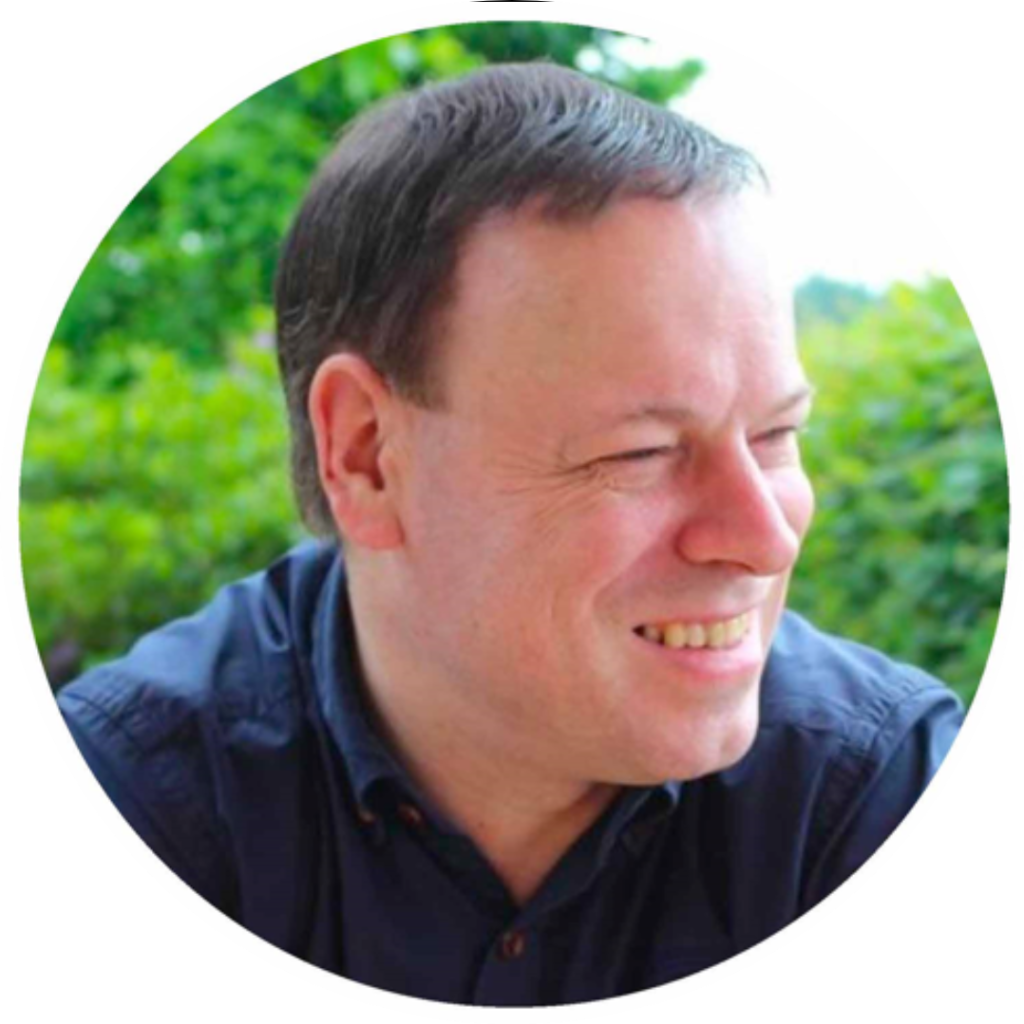
ABSTRACT: Urban physics is the science and engineering of physical processes in urban areas. It basically refers to the transfer of heat and mass in the outdoor and indoor urban environment, and its interaction with humans, fauna, flora and materials. Urban physics is a rapidly increasing focus area as it is key to understanding and addressing the grand societal challenges climate change, energy, health, security, transport and aging. This presentation provides three examples of recent urban physics research from the city scale to the building scale. It focuses on COVID-19 related aerosol ventilation in buildings ranging from classrooms to soccer stadiums, on heat waves in cities, overheating in buildings and adaptation against heat waves at city and building scale, and on air pollution by particulate matter, both outdoor and indoor. The presentation aims to demonstrate the importance of a multiscale approach in urban physics research, linking outdoor and indoor physical processes.
High Performance Computing and Automated Model Construction for Integrated Earthquake Simulation. Presented by: Dr. Muneo Hori on October 21, 2022
Recording: https://mediaspace.illinois.edu/media/t/1_d33hfth8
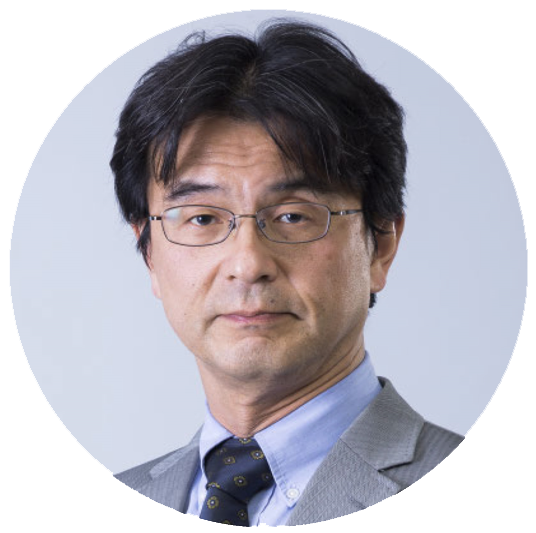
ABSTRACT: To improve earthquake preparedness and response, it is desirable to predict earthquake hazards, damage, and response over a wide area with high accuracy and resolution for a given earthquake scenario. Integrated earthquake simulation realizes this prediction by numerically analyzing an entire city. The basic technologies of the integrated earthquake simulation are large-scale numerical analysis using high-perfor-mance computation and automatic construction of analytical models using city data. In this lecture, the two basic technologies will be outlined and concrete examples will be presented. As examples of integrated earth-quake simulation, the Tokyo metropolitan area earthquake and the Nankai Trough earthquake that will hit the Kansai region will be explained. These two examples include physics-based simulations of earthquake wave propagation and amplification and seismic response of various structures, as well as social science simulations of post-disaster traffic flows and economic activities. BIO: Prof. Muneo Hori is a Director-General at Research Institute for Value-Added-Information Generation, Japan Agency for Marine-Earth Science and Technology, and a Project Professor at School of Engineering, the University of Tokyo.
From Transportation Planning/Management to Air Pollution and Public Health
Are We Doing the Right Thing, and Doing it Right? By Dr. Oliver H. Gao on September 21, 2022
Recording: https://mediaspace.illinois.edu/media/t/1_9kadzext

ABSTRACT:Transportation-related air pollution, GHG emissions and energy problems are a significant issue in China, the U.S. and across the world. The World Health Organization estimates that urban air pollution causes 200,000 deaths per year worldwide and that it will be responsible for 8 million premature deaths from 2000 to 2020. Sacrificing transportation needs for environmental quality is simply infeasible since transportation provides a vital wheel for economic development. How do we meet the transportation needs in the age of development without sacrificing environment and energy sustainability? Gao’s research and teaching focus on the nexus of transportation and environment/energy systems. The overarching goal of his research predicates on a multi-disciplinary system-driven approach to novel basic research, applied research and policy discoveries that will advance the understanding of the transportation-air quality-energy nexuses, where the lack of science and knowledge is the biggest barrier to sustainable infrastructure, air quality and energy policies. In this talk Dr. Gao takes a phased approach looking into the depth and their inter-relationships of the following six intermingling topics that span across transportation, air quality, and energy systems: cleanup of the transportation system—mathematical modeling in search for cost-effective environment abatement strategies; equity and environmental justice in green transportation programs; transportation emission and ozone pollution: emphasizing the need to integrate transportation and air quality modeling; PM2.5 pollution and transportation, and public policy.
Increasing Resilience to Climate Extremes with Emphasis on Major Urban Areas by Dr. Bridget R. Scanlon University of Texas at Austin on August 23, 2022
Recording: https://mediaspace.illinois.edu/media/t/1_osfbaagf
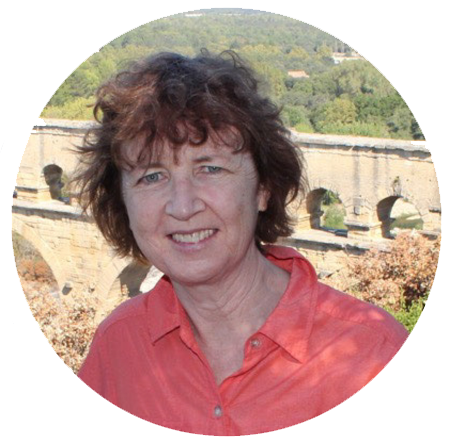
ABSTRACT: Increasing climate extremes, including droughts and floods, is challenging for water resource managers. There have been many recent examples for cities approaching Day Zero in terms of water because of long-term droughts, most notably Cape Town (4.6 million people) and Sao Paulo (12.3 million). The objective of our studies is better understand these cycles of extremes and assess different approaches to make urban areas more resilient to climate extremes. Our work includes large scale analysis of water storage using GRACE satellites and linkages to climate teleconnections (e.g., El Nino Southern Oscillation, Indian Ocean Dipole, North Atlantic Oscillation).
BIO: Bridget Scanlon is a Senior Research Scientist at the Bureau of Economic Geology, Jackson School of Geosciences, University of Texas at Austin. Her degrees are in Geology with a focus on hydrogeology with a B.A. Mod. from Trinity College, Dublin (1980); M.Sc. from the Univ. of Alabama (1983), and Ph.D. from the Univ. of Kentucky (1985). She has worked at the Univ. of Texas since 1987. Her current research focuses on various aspects of water resources, including global assessments using satellites and modeling, management related to climate extremes, and water energy interdependence. She serves an Associate Editor for Water Resources Research and Environmental Research Letters and has authored ~ or co-authored ~170 publications. Dr. Scanlon is a Fellow of the American Geophysical Union and the Geological Society of America and a member of the National Academy of Engineering.
Autonomous driving defines the future of urban transportation By Dr. Tony Han on July 20, 2022
Recording: https://mediaspace.illinois.edu/media/t/1_wlilpayc
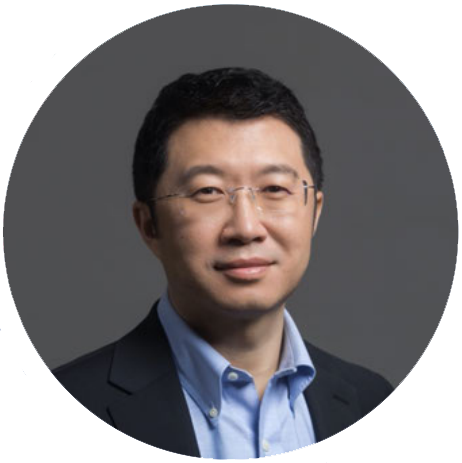
ABSTRACT:Why do human-beings need driverless cars? Why is autonomous driving happening today? When will driverless cars be available in anytime and anywhere? What challenges and difficulties are we still facing in order to achieve such prospect?Autonomous driving is not only the integration of artificial intelligence, but also a social and economic subversion and upgrading, benefiting all around the globe. The technology has been attracting the most innovative technical talents, the visionary investors, the big-name companies, and the scientists with great mind and entrepreneurship around the world to be part of this technological revolution. Currently, the R&D and commercialization of driverless cars are best implemented in the United States and China. The two counties are developing the most advanced self-driving technologies that will revolutionize the automobile, transform human transportation systems, and reshape the relationship between human and nature. The technology of autonomous driving is highly complex, and what we want to achieve is not only to use machines to drive, but also to make driving more reliable and stable than men. Autonomous driving is not a rigid imitation of human driving behaviors. Scientists perceive it as: in order to have people or things move from point A to point B safely, efficiently, comfortably and economically, what driverless car should be like? Exploring mega application of deep learning in autonomous driving, WeRide is dedicated to design and develop a universal autonomous driving technology platform. Empowered by the platform, self-driving car can operate on open roads in the cities at any time and any road condition. It is capable of self-learning and self-improving, in order to adapt to the constant change of vehicles and transportation in the future, making autonomous driving available to everyone. The platform is named as WeRide One, a universal autonomous driving technology platform. WeRide is a world leading company to invest in the research and development of autonomous driving technology and the commercialization of driverless cars. In this lecture, Dr. Tony HAN, the founder, and CEO of WeRide, will analyze the social, economic, technological progress and challenges behind the arrival of the wave of autonomous driving, sharing the best-in-class solutions, as well as WeRide’s latest achievements in commercialization of autonomous driving cars around the globe.
City-scale disaster simulation and resilience assessment: From physics-based to AI methods By Dr. Xinzheng Lu on May 25. 2022
Recording: https://mediaspace.illinois.edu/media/t/1_il7w18l1
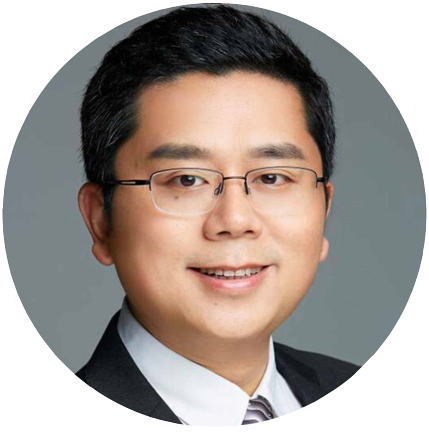
ABSTRACT: “Resilient city” and “smart city” have emerged as the development directions of urban disaster prevention. As a result, it’s critical to use physics-based models to investigate the mechanisms of urban disaster and resilience evolution, as well as to continue developing AI-driven urban disaster simulation and resilience assessment methods. This presentation will first introduce the nonlinear time history analysis at the building and city scales against earthquake disasters. The lecturer will then present a physics-based multi-hazard simulation framework based on the city information model (CIM) to assess the resilience of the community in the face of multiple hazards (i.e., earthquake, fire, wind, and COVID-19 disasters). Because the developed physics-based models do not rely entirely on historical disaster data, they can be applied to a wide range of communities. The database, which is powered by CIM, standardizes the data format required by simulations for various hazards and scales, improving simulation efficiency. Furthermore, the potential of AI in providing a competitive advantage over traditional disaster simulation methods is investigated. AI-driven urban disaster simulation and assessment methods, in particular, are being developed to facilitate intelligent data acquisition, model establishment, vibration identification, and damage prediction. The proposed AI models can significantly improve modeling and computing efficiencies by learning and illustrating characteristics of the disaster evolution process.
Structural engineering innovations with emerging materials for a carbon-neutral future By Prof. Jin-Guang Teng on April 20. 2022
Recording: https://mediaspace.illinois.edu/media/t/1_xpcwsu25
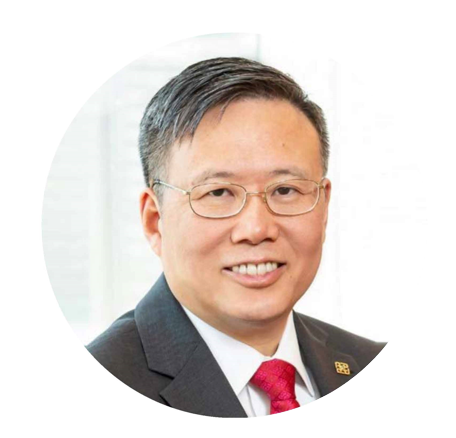
ABSTRACT: While steel and concrete are still the main structural materials today, several promising new options have emerged as alternative or supplemental materials for structural use. These emerging materials include fiber-rein-forced polymer composites, fiber-reinforced cementitious composites, fabric-reinforced concrete, seawater sea-sand concrete, ultrahigh-performance concrete, ultrahigh-performance steel, and various types of green materials. Although these materials hold great potential for stronger, lighter and more durable structures, their adoption in structural engineering has been slow. In this presentation, I will first examine the merits and potential of the major categories of emerging structural materials, the obstacles for their wider/faster adoption, and the way forward for overcoming these obstacles. I will then focus on the combined use of these materials among them-selves, or with traditional materials, to create new types of hybrid structures where two or more materials are com-bined in an optimal manner to maximize performance while minimizing the consumption of natural resources and carbon emissions. A number of examples of such new-material hybrid structural forms will be discussed to illustrate their advantages. The presentation will conclude with observations on future trends in the structural use of emerging materials within the perspective of a carbon-neutral world, suggesting that these emerging materials will play a major role in achieving a low-carbon future for structural engineering.
A Roadmap for Physical Artificial Intelligence in Civil Engineering by Dr. Hui Li Feb 14. 2022
Recording: https://mediaspace.illinois.edu/media/t/1_3htl01zs
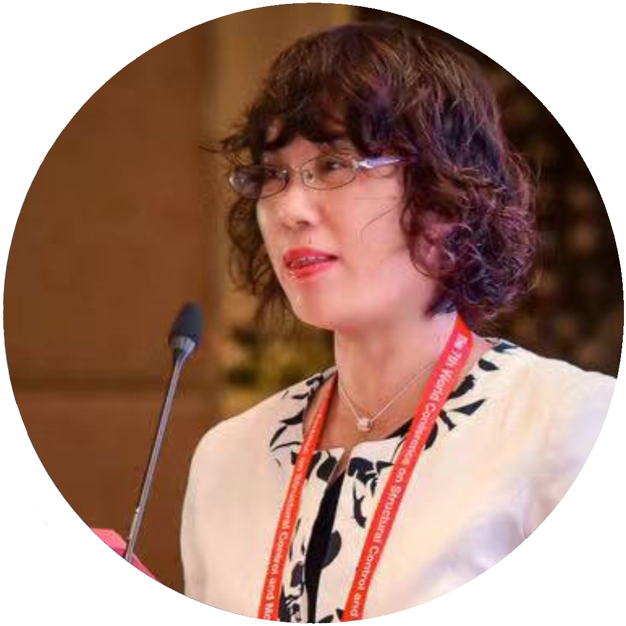
Abstract: Civil engineering deals with all aspects of design, construction, and maintenance of the physical and natural built environment. The discipline has a long history and is often viewed as relatively traditional. The concept of intelligent civil engineering systems was first introduced at the end of 1970s, associated with structural vibration control. In the early 1990s, smart sensing and health monitoring technologies as well as smart material-based control strategies emerged, becoming known as the second stage of intelligence in civil engineering. In more recent years, artificial intelligence (AI) has emerged from the field of computer science to become a focus of research and development in many fields, including civil engineering. In contrast with AI focusing only on data analysis, the application of AI in the natural sciences and engineering must also respect intrinsic physical laws, which is termed “Physical Artificial Intelligence (PAI)”, though some scholars prefer “AI for science”. In this lecture, the basic concepts underlying PAI in civil engineering are introduced. Then, the revolutionary changes catalyzed by PAI in the theory and technology of civil engineering are discussed, covering issues such as architectural design, structural and material design, structural analysis and mechanics, solution of the complex governing equations, construction, maintenance and operation, and disaster risk management. Finally, the presentation looks toward the future of civil engineering research and applications in an intelligent societal setting.
Convergence of Engineering, Science, and Sociology for Equitable Solutions to Environmental Problems by Dr. Lila Abron Jan 26, 2022
Recording: https://mediaspace.illinois.edu/media/t/1_grjnrzpy

Abstract: Environmental engineers combine environmental science methods, engineering principles, and sociological theories/paradigms to prevent, control,and mitigate hazards and to implement public policy initiatives that impact public health and the environment. This convergence of disciplines, thoughts, and practices requires environmental engineers to practice holistic thinking — incorporating engineering,science, medicine, and sociology in the practice of the profession. Thus, environmental engineers have learned to be collaborative by reaching out to other disciplines for support, advice, and guidance. They have become curious individuals that talk to others, ask questions, listen, and observe the situationrst to identify the right problem and subsequently to and a solution to the environmental problem that is transformative, sustainable, technically appropriate, financially viable, and acceptable to and by the community it (directly) impacts. The COVID-19 pandemic disproportionately impacted developing countries worldwide and minority and poor communities in the U.S. The CDC reports that race and ethnicity are risk markers for other underlying conditions that affect health, including socioeconomic status, access to health care, and exposure to the virus based on one’s occupation, e.g., frontline, essential and critical infrastructure workers – a metaphor for low-wage workers who are mostly women and people of color. The COVID-19 death toll was unusually high among essential workers and their families. Environmental engineers should have been at the forefront of educating, communicating and visibly demonstrating to the public and this at-risk population the need for the intentional use of a variety of preventive measures that are economical, effective, and easy to obtain and implement. These measures – such as proper sanitation, frequent handwashing with soap (especially after contact with the ill), covering the mouth when coughing, and maintaining proper (social) distance – are proven measures that stop the spread of infectious diseases while curative measures become available, if and as needed. Undeterred, environmental engineers quickly pivoted to identifying ways of tracking the virus in the air and water; based on that information, they developed technologies and practices to mitigate its impacts in the built environment. This lecture discusses examples of solutions to environmental problems worldwide, where “convergence and human engineering” identified the right problem of the human environment to solve and project beneficiaries were paramount to the decision-making process.
Planning, Design, Modelling, Simulation and Visualisation Platform for Sustainable Cities byDr. Washington Ochieng December 6, 2021
Recording: https://mediaspace.illinois.edu/media/t/1_ktia48vw
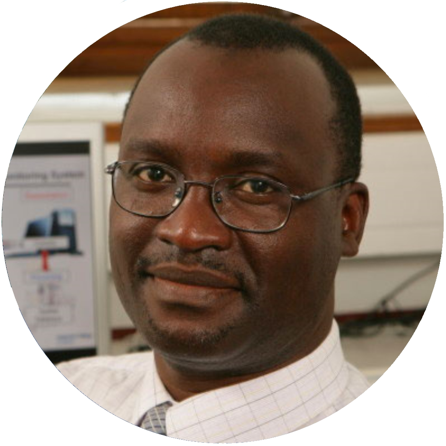
Abstract:Cities around the world are under immense pressure from various economic, social and environmental challenges. In many cities, the population is predicted to grow significantly over the next decades. This will not only intensify the struggle to find space for residential, commercial and public use but also put additional strain on already congested and ageing infrastructure systems. At the same time, new technological innovations are emerging on the horizon, for example, connected and autonomous vehicles. In order to address these challenges, Professor Ochieng will explore the need for a parametric platform for integrated planning, design and visualisation of sustainable smart cities.
The Architectural, Engineering, and Construction Industry and the Fourth Industrial Revolution By Prof. Lucio Soibelmanon Nov 3, 2021.
Recording: https://mediaspace.illinois.edu/media/t/1_sheqk1dq

ABSTRACT: The architectural, engineering, and construction industry is responsible for the design construction, operation, and decommission of buildings and other facilities, transportation infrastructure, telecommunication networks, the power grid, water distribution and wastewater collection systems among many other important and complex systems. Those systems will require more and more that engineers provide a continuous state awareness, assessment and proactive decision making for the complete life cycle of the systems and the processes it creates. Today, during the current 4th industrial revolution, a new group of available digital technologies are allowing us to blur the lines between the physical and digital world creating opportunities for the development of tools that will allow continuous state awareness and proactive decision making to manage buildings and infrastructure systems in both normal and abnormal conditions more eciently and effectively. There are many technological developments and research projects that already support, or begin to support this vision. Civil Engineers, not just electrical and computer engineers and computer scientists can and should be involved in delivering this overall vision. At this talk professor Soibelman will introduce his vision and work developed within his research group that focus on the application and exploration of emerging Information and Communication Technologies, big data concepts, smart buildings, smart infrastructure systems, machine learning, and artificial intelligence to a broadly defined set of infrastructure systems and associated processes, such as planning, design, construction, facility/infrastructure management, and environmental monitoring, so as to improve their sustainability, effciency, maintainability, durability, and the overall performance of these systems.
Senseable Cities By Dr. Carlo Ratti on October 14th, 2021.
Recording: https://mediaspace.illinois.edu/media/t/1_daz3w85r
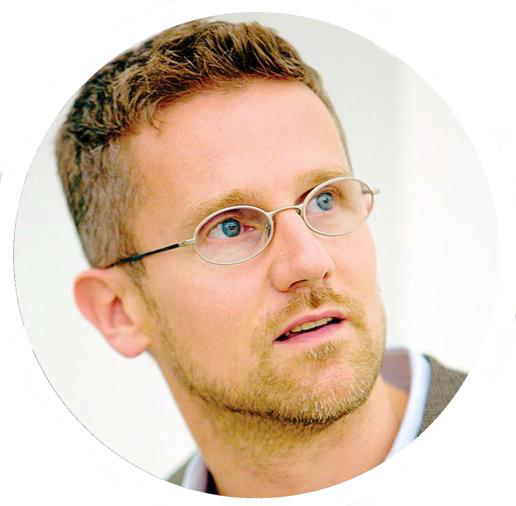
ABSTRACT: The way we live, work, and play is very different today than it was just a few decades ago, thanks in large part to a network of connectivity that now encompasses most people on the planet. In a similar way, today we are at the beginning of a new technological revolution: the Internet is entering the physical space– the traditional domain of architecture and design – becoming an “Internet of Things” or IoT. As such, it is opening the door to a variety of applications that – in a similar way to what happened with the first wave of the Internet – can encompass many domains: from production to citizen participation, from energy to mobility to public hygiene, all of which requiring new insights due to the changes brought forth by the ongoing COVID-19 pandemic. The contribution from Prof. Carlo Ratti will address these issues from a critical point of view through projects by the Senseable City Laboratory, a research initiative at the Massachusetts Institute of Technology, and the design office Carlo Ratti Associati.
Smart City Digital Twins: Toward more sustainable, resilient, and livable cities By Dr. John E. Taylor on August 11th, 2021.
Recording: https://mediaspace.illinois.edu/media/t/1_h2z41171
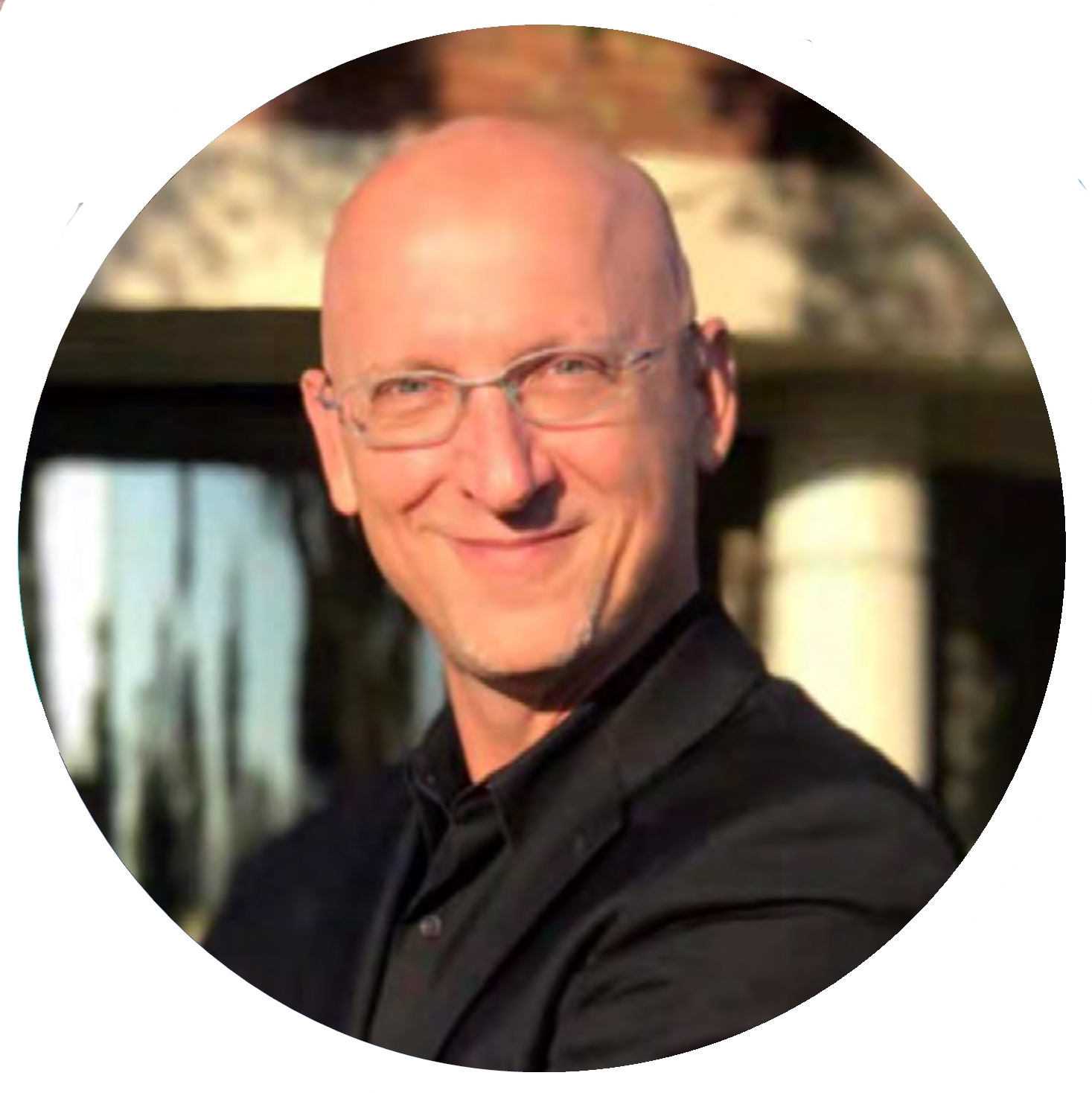
ABSTRACT: Recent reports by the National Academies have encouraged investment in developing a more comprehensive understanding of network dynamics at the intersection between human and engineered networks. Concurrently, cities are addressing rapid urbanization challenges by implementing socio-technological changes in their infrastructure systems as they evolve toward becoming smarter cities. The success of such an evolution, however, relies on solutions that can combine data from individual infrastructure components to urban scale networks. A great deal of research has focused on developing an understanding of data analytics at the scale of the city and of individual infrastructure components. However, there is a gap in our understanding, data collection approaches, and analytical methods to integrate and visualize such disparate data and complex network dynamics. This presentation will describe efforts to formalize and implement a Smart City Digital Twin platform, with an emphasis on efforts to understand, model, and improve energy consumption and disaster mobility across spatial scales in cities, to foster more sustainable, resilient, and livable cities.
Flourishing Systems: Transforming the future of our built environment through smarter information By Dr. Jennifer Schooling on July 26th, 2021.
Recording: https://mediaspace.illinois.edu/media/t/1_gtz092ig

ABSTRACT: Thanks to the digital revolution, we live in a world with an increasing abundance of data about every thing in our lives. In terms of the built environment, we are now able to digitally capture data about our buildings and infrastructure assets in a way which was not possible even 20 years ago. But the question remains, how to harness that data to best effect? Our built environment is composed of a complex system of infrastructure systems and buildings which underpin the services which we, their users, value. They are interconnected and inter-reliant. How can we use better data about these systems to help us provide and receive better services, which help our communities to flourish? How can we use that data to help us address the climate crisis and reinstate the balance between the built and natural environments? In this lecture, Dr Schooling will explore the answers to these questions, and describe how the Cambridge Centre for Smart Infrastructure has been working with colleagues from academia, industry and policy to enable the adoption and implementation of research outcomes into practice.

